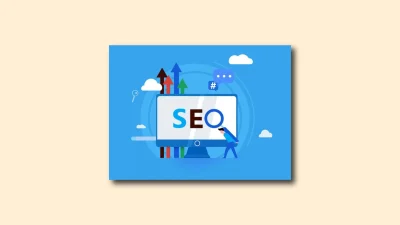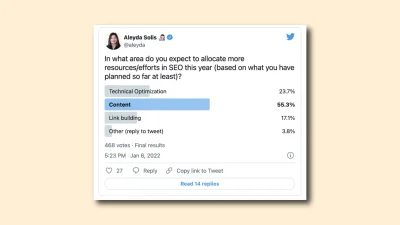Using different content types for SEO

Creating diverse content types is crucial to a successful SEO strategy. Search engines such as Google appreciate websites that offer varied, valuable content. In addition, using different content types often better matches your target audience’s needs and behaviors. In this article, I discuss the different content types you can use to improve your SEO performance and engage more visitors.
Blog Articles
Blogging remains one of the most effective ways to regularly add new, relevant content to your website. By writing blog articles that target specific keywords, you can increase your organic visibility. Consider:
- How-to articles: For users looking for solutions.
- News and updates: Keep your audience informed about trends and developments in your industry.
- Lists and tips: Easy to read and often shared on social media.
Blog articles also give you the opportunity to place internal links to other pages on your site, which improves the user experience and helps search engines crawl your site better.
Guides and white papers
Guides and white papers offer in-depth analysis or explanations of specific topics. They are ideal for attracting visitors looking for comprehensive information. By creating detailed content that helps users solve complex problems, you build authority in your niche. This type of content also lends itself well to collecting email addresses through gated content.
For SEO, guides and white papers offer the opportunity to rank for long-tail keywords and demonstrate expertise to both users and search engines.
Video
Videos are a powerful tool to boost your SEO. Search engines such as Google increasingly prefer websites with multimedia content. Videos can help keep visitors on your site longer, which in turn contributes to a better user experience (UX). Some applications:
- Instructional videos: Visually explaining how something works or is made.
- Product videos: Demonstrations of your products or services.
- Interviews or testimonials: Increase credibility and build trust.
Be sure to optimize your videos by using relevant keywords in the titles, descriptions and tags.
Infographics
Infographics are a great way to present complex data in a visually appealing way. Not only are they easy to consume, but they are often shared on social media, which increases your chances of getting backlinks. Good infographics combine data, visuals and storytelling, and can help attract traffic by standing out among standard text content.
Make sure you use the right alt text and a well-optimized file name for SEO purposes.
Case studies
Case studies demonstrate your expertise and show how you have solved problems for clients in the past. They are ideal for convincing visitors about your services and are often used in B2B SEO. By using keywords related to specific challenges in your industry, you can use case studies to attract new customers looking for proven solutions.
Case studies not only help with conversion optimization, but also improve your organic visibility for targeted searches.
Podcasts
Podcasts have skyrocketed in popularity in recent years and offer an excellent opportunity to extend your SEO activities to audio content. Podcasts can reach new audiences and are often shared across multiple channels. Optimize your podcast episodes by offering transcripts, incorporating keywords into the titles and show notes, and uploading your podcast to platforms such as Apple Podcasts and Spotify.
FAQ sections
An FAQ section can help provide quick answers to frequently asked questions from your target audience. This type of content is ideal for ranking for featured snippets and “People Also Ask” sections in Google. Moreover, well-structured FAQs improve the user experience and keep visitors on your site longer.
Conclusion
By using different content types, you increase your chances of ranking more broadly and engaging your audience in different ways. From blog posts and videos to infographics and podcasts, variety in content is a key to success in SEO. By investing in a mix of content types, you can not only improve your organic search results, but also enrich the user experience, ultimately leading to higher conversion rates.





